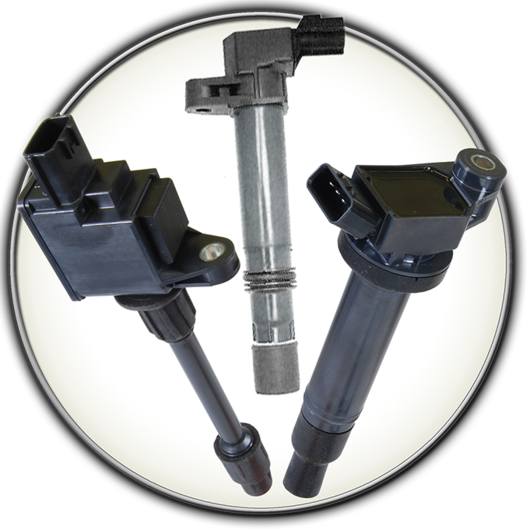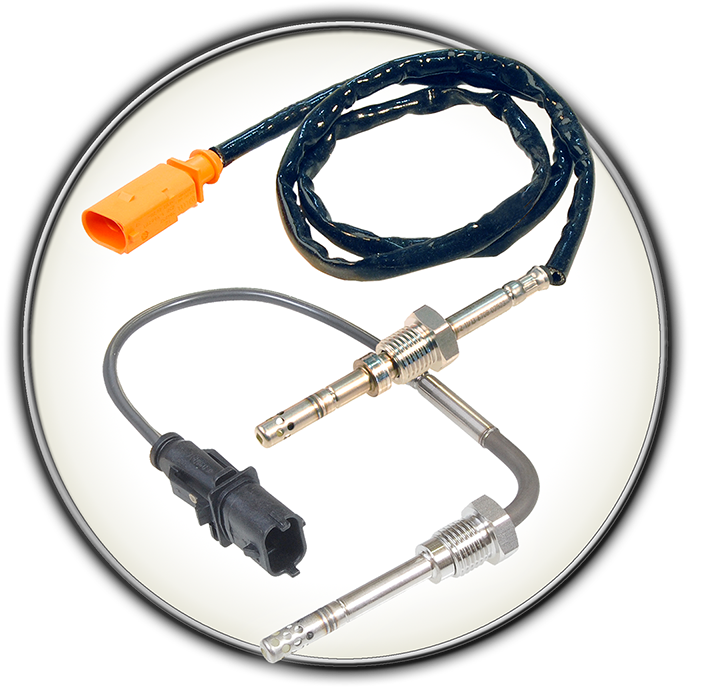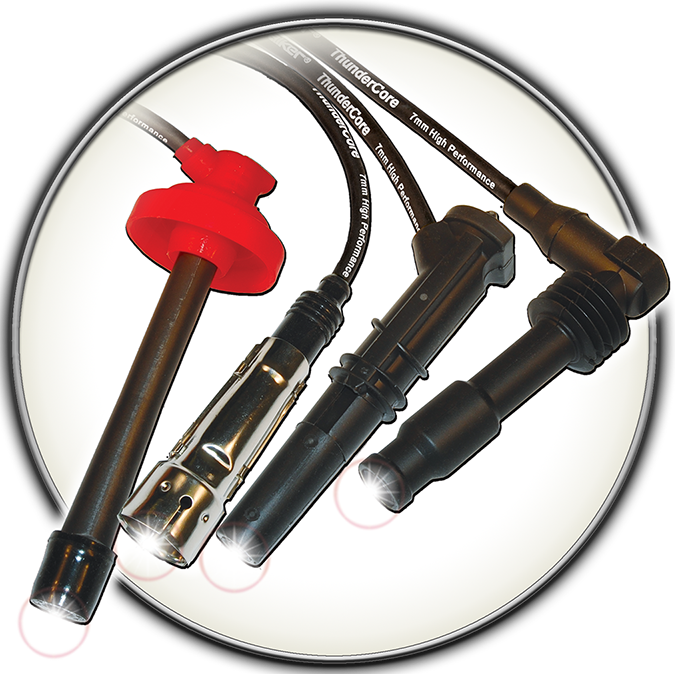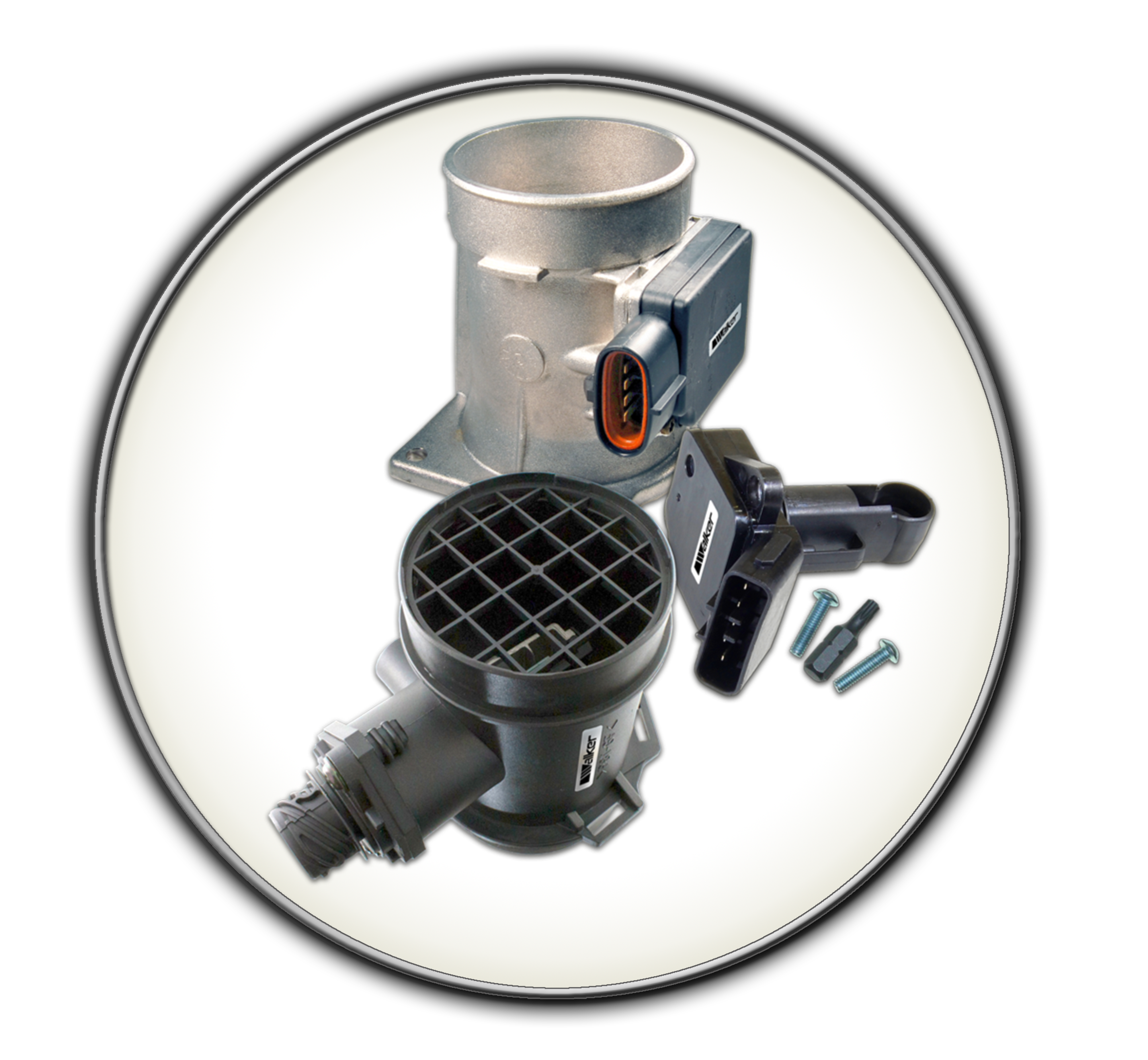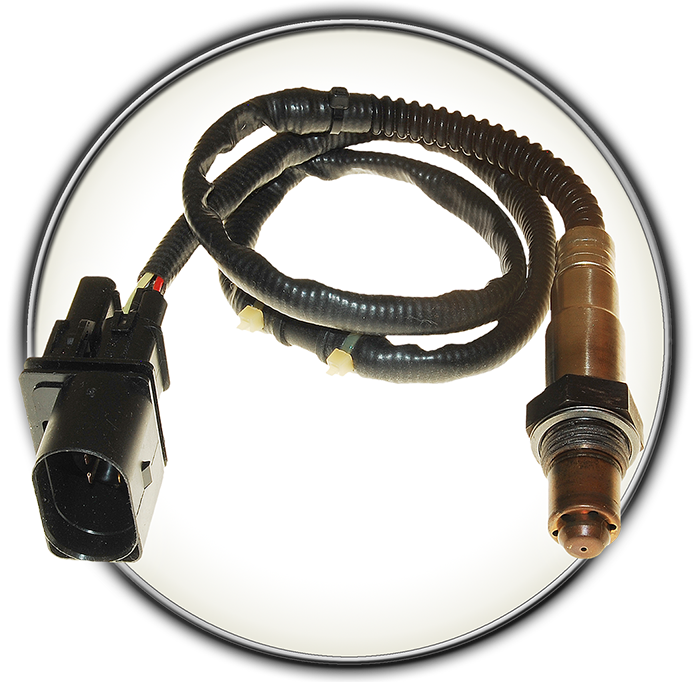Description
WHAT DOES YOUR IGNITION COIL DO?
The Ignition Coil takes the battery’s 12-volt output and amplifies it to over 30,000 volts. This higher
voltage is then routed to the spark plug via coil boot or wire, which ignites the air/fuel mixture inside
engine’s cylinder.
WHERE IS THE IGNITION COIL LOCATED?
The Ignition Coil is mounted either directly to the top of the spark plug or near the spark plugs. The
Ignition Coil is connected to the spark plug(s) by the coil boot or ignition wires.
WHY DOES THE IGNITION COIL FAIL?
The primary cause for failure is voltage overload caused by worn spark plugs or damaged cables
and wires. The hot and cold temperatures plus engine vibrations can cause the coil’s windings and
insulation to break.
HOW TO DIAGNOSE A FAULTY IGNITION COIL?
The vehicle could experience misfiring, backfiring, hard starting, poor performance, or poor fuel
economy - these are all potential signs of a faulty ignition coil. The vehicle’s check engine light could be triggered by a faulty ignition coil.
HOW DO YOU FIX FAULTY IGNITION COILS?
Walker Products recommends replacing all the vehicle’s ignition coils as part of the tune-up or regular maintenance. This will help prevent future ignition coil failures.
WHY SHOULD YOU CHOOSE WALKER OE IGNITION COILS?
Walker Products Ignition Coils are 100% engineered and tested. Walker Products works continuously to stay current on all OE design changes, TSB’s, and improvements to the OE design to make the best part for your vehicle. Walker Product’s Ignition Coil Sets provides the ability to fix the vehicle the first time and not make multiple trips to the store getting what you need.
